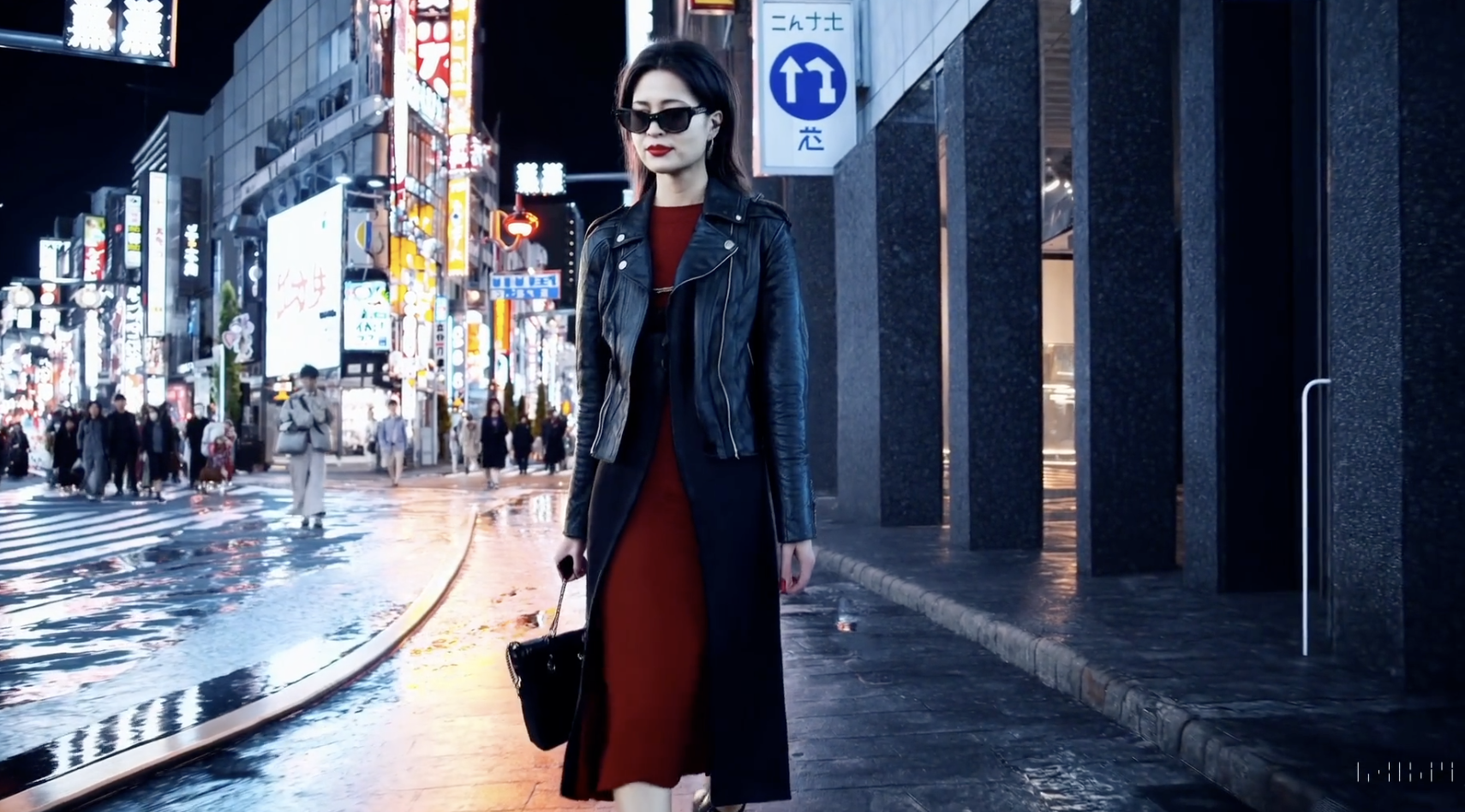OpenAI has introduced a groundbreaking text-to-video model named Sora, setting new standards in the generative AI landscape, currently accessible only to a select group of specialists and creative professionals.
Prompt: A stylish woman walks down a Tokyo street filled with warm glowing neon and animated city signage. She wears a black leather jacket, a long red dress, and black boots, and carries a black purse. She wears sunglasses and red lipstick. She walks confidently and casually. The street is damp and reflective, creating a mirror effect of the colorful lights. Many pedestrians walk about.
This AI firm has launched Sora, a sophisticated text-to-video technology, marking a significant advancement in the field of generative AI, with initial access restricted to professionals and creatives.
Sora stands out by offering the ability to produce videos up to one minute in length, a feature not matched by Google’s comparable tool, Lumiere, which also has restricted access.
The race to develop text-to-video capabilities is intensifying among tech giants such as OpenAI, Google, and Microsoft, aiming to dominate a sector expected to generate $1.3 trillion by 2032. These advancements come as consumer interest in generative AI surges following the debut of ChatGPT.
OpenAI, the creator of ChatGPT and Dall-E, plans to make Sora available to experts tasked with identifying potential misuse, including misinformation and bias, and to creative professionals for further input. This scrutiny is crucial for mitigating risks associated with realistic deepfake creation.
By seeking external feedback and sharing its progress, OpenAI aims to keep the public informed about the evolving capabilities of AI technology.
Sora’s ability to process extensive prompts, such as one 135 words long, and to generate diverse and realistic scenes showcases its advanced capabilities, derived from OpenAI’s experience with Dall-E and GPT models.
Sora leverages techniques from Dall-E 3 to produce detailed visual captions, enabling the generation of complex scenarios with precision in character movement and background details, demonstrating an understanding of real-world physics and interactions.
Despite its impressive realism in video creation, Sora faces challenges with accurately depicting physics and cause-and-effect relationships, such as inconsistencies in object interactions.
OpenAI acknowledges Sora’s limitations, including difficulties with complex scene physics and distinguishing between left and right, but emphasizes ongoing safety measures before wider release, adhering to strict content guidelines to mitigate misuse.
As OpenAI continues to refine Sora, it underscores the importance of real-world application feedback in developing safer AI systems, acknowledging both the potential benefits and risks of such technology.
About Sora:
Sora is an AI model developed to create realistic and imaginative video scenes from text instructions, aiming to simulate the physical world in motion. This model, capable of generating videos up to a minute long, is designed to maintain visual quality and adherence to user prompts. It’s currently being tested by red teamers for potential risks and made available to creative professionals for feedback. Sora excels in generating complex scenes with accurate details, understanding of motion, and emotional expression in characters. However, it has limitations in simulating physics accurately and in understanding specific cause and effect, as well as spatial details.
Safety measures include adversarial testing by domain experts, development of detection tools for misleading content, and application of existing safety methods from DALL·E 3. These include text input checks, image classifiers, and plans for incorporating C2PA metadata. The engagement with policymakers, educators, and artists aims to understand concerns and identify positive use cases, acknowledging the potential for both beneficial and abusive uses of the technology.
Sora employs a diffusion model and transformer architecture, using a technique that represents videos and images in smaller data units, enabling it to handle a wide range of visual data. It builds on previous research from DALL·E and GPT models, incorporating techniques for following text instructions more faithfully and animating still images or extending videos with high accuracy. Sora is highlighted as a foundational step towards models that can fully understand and simulate the real world, marking a significant milestone toward achieving artificial general intelligence (AGI).



